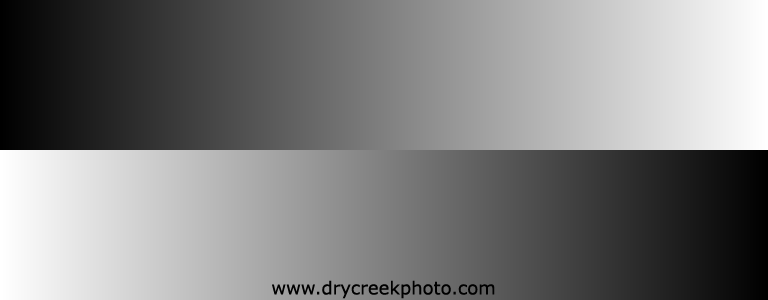Callibrating your monitor is a process in which you adjust it to a standard so that white is white, red is red, black is black, etc. An uncallibrated monitor tends to have subtle (and not-so-subtle) shifts in colors and brightnesses. The easiest way to see the effects of not callibrating monitors is to look at the row of monitors or TVs at a low big box retailer. You'll notice that the same pictures/video looks different on different monitors.
If you callibrate your monitor, you photos will be more likely to print the way they appear on the screen. It also helps to have your printer callibrated and to use software that manages the colors throughout the process. It sounds simple, but it can get suprisingly complicated. The same printer needs to be callibrated for every type of paper that you use.
The process is by no means perfect. First, no monitor ever made can display every visible color in every visible shade and brightness level. So even if you are perfectly callibrated, you're still limited. The same is true for printers. Also, because your monitor and printer use very different means of displaying a picture, a picture will look different on even the best callibrated monitor and printer. What callibration does is to minimize those differences.
The zealots spend thousands of dollars on very accurate monitors and then carefully control the light in their viewing room. The rooms are generally dark and are filled with neutral colors so as not to throw off the monitor with reflections. This is typically done only by people that need very accurate color, usually people in commercial photography and graphics.
If you aren't seeing much difference in how your pictures look on your screen and other people's screens and your prints, you're probably not going to see a difference when you callibrate. It's not that the difference isn't there; it's just that you aren't very sensitive to it. The more closely you scrutinize color, the higher you standards will become and the more likely you'll want to callibrate. My advice is to buy a callibration tool to solve a problem you are having and not just because you see people writing about it.
